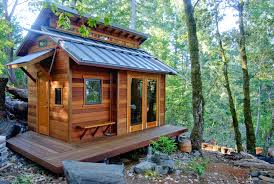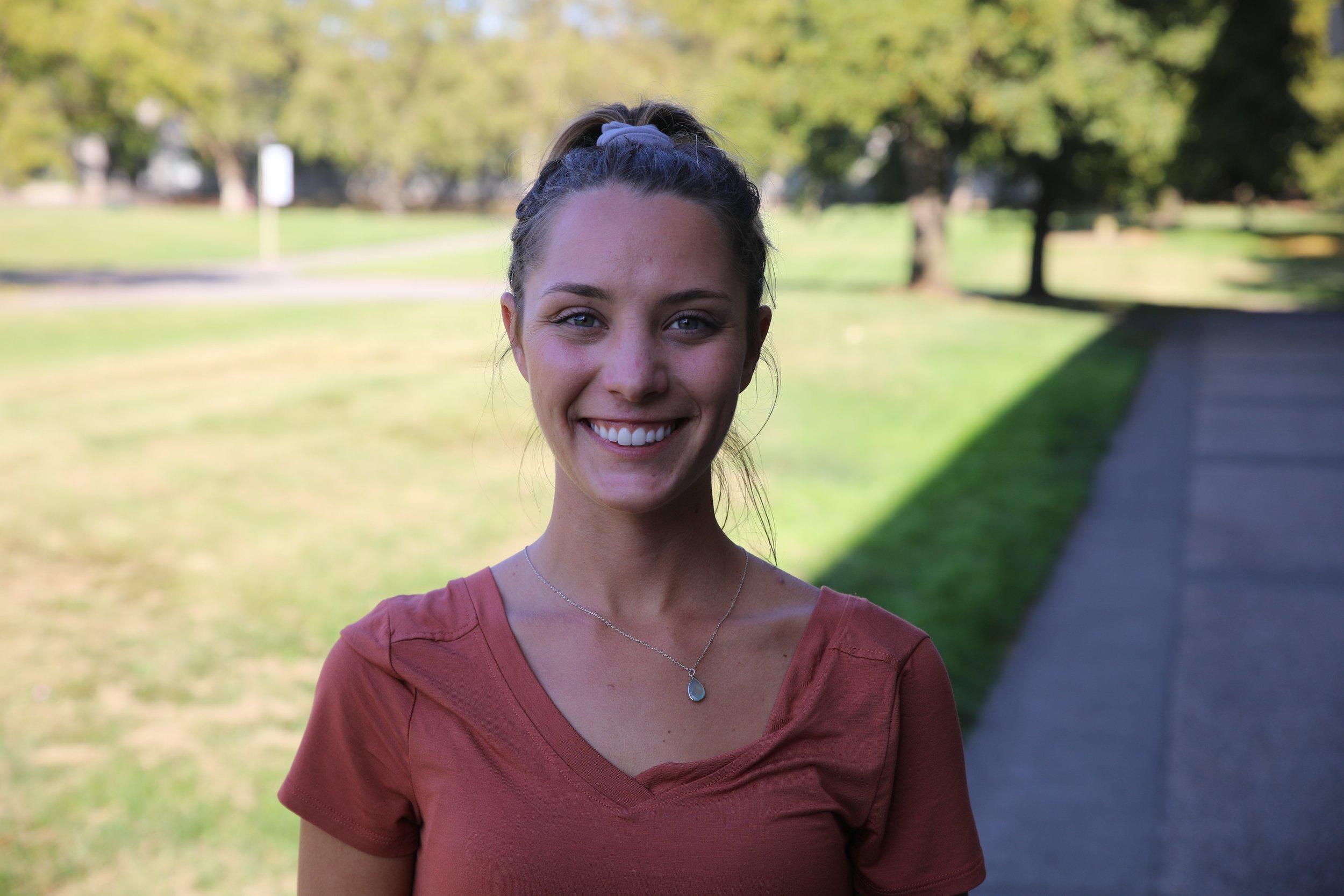Columnist Alice Tennigkeit
Living in a tiny home doesn’t mean you have to make huge sacrifices. The tiny home trend continues to grow in urban areas such as Seattle, Portland and our not so distant neighboring city, San Francisco. One of the biggest factors behind the tiny home transformation is a very basic motivator: cost. According to online database, The Tiny Life, most Americans spend one-third to one-half of their income to keep an unnecessarily large roof over their heads.
For the average working person, this is equivalent to 15 years of work to pay for a home that he or she may never pay off. Due to the high costs of traditional homes, and the growing concept that bigger is better, 76 percent of Americans live paycheck to paycheck. Although the idea of low-cost, environmentally friendly housing is appealing, it leaves many wondering: who actually lives in tiny homes, and how do they go about making the switch?
While tiny homes have become a trendy norm on the West Coast, the movement is slowly gaining popularity in other states around the country. Some tiny homes are actually bigger than some urban apartments. The Tiny Life says most tiny homes range from 100 to 400 square feet. The square footage really isn’t that small, considering two people can live comfortably in a tiny home under 200 square feet and still have a kitchen, living room, full size bed and even a bathroom.
This summer, Meg McConahey from The Press Democrat featured a local story of a happy couple living in a tiny home in Santa Rosa. Because of where they live, these millennials have been able to save up for their dream wedding and honeymoon. McConahey writes they’ve been able to save because the cost of their home, $21,000, is less than the cost of many cars. Between the two, paying off a tiny home and owning it free and clear seemed much easier and smarter than forking out monthly rent.
Not only are tiny homes great for individuals, couples and even families who want to simplify, downsize and save, but in some cities they also serve as temporary housing for the homeless. Many homeless struggle to find employment because they lack a home address and phone number; it’s a bitter cycle that too many homeless face all too often.
News reporter Sarah Golabek-Goldman from the Los Angeles Times pulled data from a 2014 study done by The National Coalition for the Homeless and reported 70.4 percent of the homeless community surveyed believed they had lost job opportunities and felt discriminated by private businesses due to their housing status.
This is where tiny homes can make an enormous difference in the lives of so many homeless battling this cycle. Business Insider shares, along with the Low-Income Housing Institute: Seattle, Portland, Austin, and other cities are helping to break this harsh cycle by providing tiny homes for the homeless. They have insulated these tiny homes, provided heat, air vents and wired them with electricity.
While some tiny home communities for the homeless share communal bathrooms, depending on the available funding, some even have private bathrooms. With a monthly rent totalling $90, this program is sure to help lower the homeless unemployment rate. With half a million Americans living without a house, tiny home programs like this are likely to make a massive difference.





![[Both photos courtesy of sonoma.edu]
Ming-Ting Mike Lee stepped in as the new SSU president following Sakakis resignation in July 2022](https://sonomastatestar.com/wp-content/uploads/2024/04/CC4520AB-22A7-41B2-9F6F-2A2D5F76A28C-1200x1200.jpeg)



























